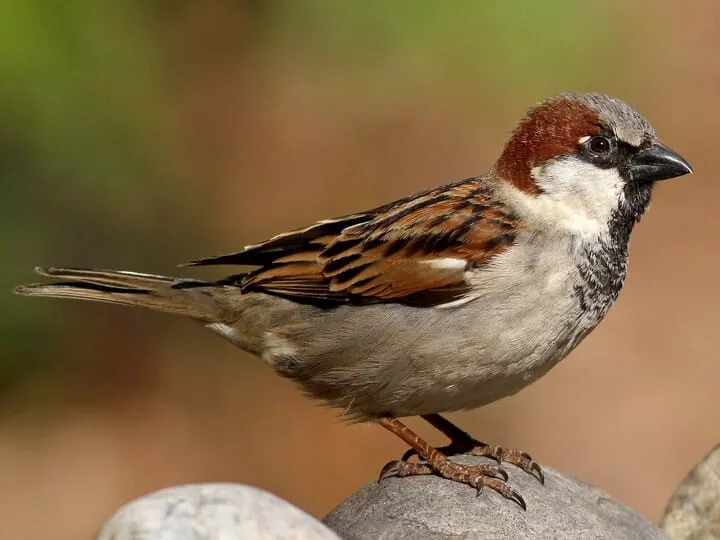Discover why sparrows, once common in our towns and cities, are disappearing at an alarming rate. Explore the causes behind the decline in sparrow populations and the steps we can take to protect these charming, vital birds for the future.In the past few decades, populations of sparrows have declined drastically on all continents. In Europe, house sparrows are declining in nearly all cities, including the capital cities of London and Paris. According to a report by BirdLife International, house sparrow populations alone had decreased by nearly 64% in Europe since the 1970s. Similarly, this decline is also observed in North America and parts of Asia, with the maximum decline occurring in urban and suburban areas.
Main Reasons for Decline of Sparrows
Habitat Loss
Urbanization has significantly reduced the natural habitats and hence the nesting and roosting sites for sparrows. Modern buildings do not have the nooks and crannies found in older structures, making it difficult for sparrows to find nesting places. Expanding cities also result in fewer trees, bushes, and green spaces, where sparrows can seek shelter. These, among many other factors, continue to push them out of their natural habitats.
Loss of Food Substrate
Sparrows feed on seeds, grains, and insects. Recently, with the widespread use of chemical pesticides and fertilizers in agriculture, their population has fallen drastically. Urban land, largely characterized by concrete and beautifully manicured lawns and devoid of biodiversity and greenery, has little food in its natural source, and sparrows would hardly be able to survive there.
Environmental Pollution
It’s apparent that air and noise pollution has been proven to degrade sparrows, especially in urban areas. Bad air causes respiratory issues in the sparrow, while continuous noise interferes with sparrow communication and their form of breeding. The other way is through water pollution that occurs by pesticides and industrial waste, which impacts the ecosystem sparrows rely on to generate food.
Electromagnetic Radiation
Actually, researchers have already begun to study how the electromagnetic radiation emanating from mobile towers and Wi-Fi signals affects birds. The study is still being conducted; however, some proofs already show that electromagnetic fields are causing damage to the migratory and breeding cycles of sparrows by disrupting their navigation systems in. Such radiation could become worse with expanded connections in cities.
Climate Change
The sparrows are forced to deviate from their traditional breeding as well as migration cycles due to changes in weather patterns. Searing heatwaves as well as gusty storms destroy nests, and reproduction becomes hard to achieve for the sparrows. On the other hand, climatic changes impact the infestation of insects, which eventually impacts the food supply of the sparrows.
Competition with Other Species
In most urban habitats, invasive bird species such as starlings and pigeons will compete for food with sparrows. These birds often have a more flexible diet, thus occupying many urban niches, making it readily available, and they may tend to outcompete the sparrow for its habitats and resources.
Sparrows have environmental significance.
Sparrows are not only nice neighbors; they also play a crucial role in their ecosystems. They consume insects, which control pests and reduce the requirement for pesticides. The birds act as seed dispersers, which contributes to plant regeneration and also to biodiversity. Declines of sparrows across regions could then have further impacts on food chains and ecosystems, potentially upending the equilibria of urban and rural areas.
